HOT PRODUCTS
1. Understanding Algae in Water Dispensers
Algae are simple, photosynthetic organisms that can grow in water environments when conditions are favorable. In water dispensers, algae growth is typically caused by the presence of light, stagnant water, and warm temperatures. Even clean tap water can develop algae if left for long periods in a dispenser, especially in transparent or semi-transparent bottles or reservoirs.
Common types of algae found in water dispensers include green algae, blue-green algae, and occasionally filamentous algae. While algae are not always harmful in small quantities, their presence indicates potential microbial contamination and can affect both taste and safety.
2. Risks of Algae Contamination in Water Dispensers
Algae in water dispensers is not just an aesthetic issue; it can pose several health and maintenance risks:
- Promotion of bacterial growth: Algae can create an environment where harmful bacteria thrive, increasing the risk of gastrointestinal illnesses.
- Unpleasant taste and odor: Algae produce compounds that can make water taste earthy or musty.
- Clogging and damage: Filamentous algae may accumulate in tubes, nozzles, and filters, reducing water flow and efficiency.
- Discoloration: Green or blue-green residues can stain the dispenser, making it appear unclean and unhygienic.
3. Preventing Algae Growth in Water Dispensers
3.1 Proper Placement and Light Management
Keep water dispensers away from direct sunlight, as UV light encourages algae growth. If possible, use opaque bottles or covers to limit light exposure and reduce the likelihood of algae forming.
3.2 Regular Water Replacement
Stagnant water promotes algae development. Refill and replace water in the dispenser at least once a week. Ensure any leftover water from previous days is discarded to maintain freshness.
3.3 Maintaining Optimal Temperature
Warm environments accelerate algae growth. Keep dispensers in cool areas and avoid placing them near heat sources. For office or home use, room temperature or slightly cooler water storage helps prevent contamination.
4. Cleaning and Disinfecting Water Dispensers
4.1 Required Materials
Before cleaning, gather the following materials:
- White vinegar or mild bleach solution
- Soft brush or sponge
- Clean cloths or paper towels
- Gloves for safety
- Fresh drinking water for rinsing
4.2 Step-by-Step Cleaning Procedure
Follow these steps to thoroughly clean your water dispenser and prevent algae recurrence:
- Turn off and unplug the dispenser.
- Remove the water bottle and drain any remaining water.
- Prepare a cleaning solution: 1 part vinegar to 3 parts water, or 1 teaspoon of bleach per liter of water.
- Fill the dispenser reservoir with the solution and let it sit for 10–15 minutes.
- Use a soft brush to scrub the interior, paying special attention to corners, tubing, and nozzle areas.
- Rinse thoroughly with fresh water multiple times to remove any cleaning solution.
- Dry completely with a clean cloth or allow to air dry before adding a new water bottle.
4.3 Frequency of Cleaning
For optimal hygiene, clean your water dispenser at least once every 2–4 weeks. In high-use environments, weekly cleaning is recommended to prevent algae growth and bacterial contamination.
5. Quick Reference Table for Algae Prevention
| Preventive Measure | Recommended Frequency | Notes |
| Refill water | Every 3–7 days | Discard old water to prevent stagnation |
| Clean reservoir | Every 2–4 weeks | Use vinegar or mild bleach solution |
| Light exposure | Always minimize | Use opaque bottles or cover transparent dispensers |
| Temperature control | Ongoing | Keep dispensers in cool, shaded areas |





 Language
Language
 English
English Español
Español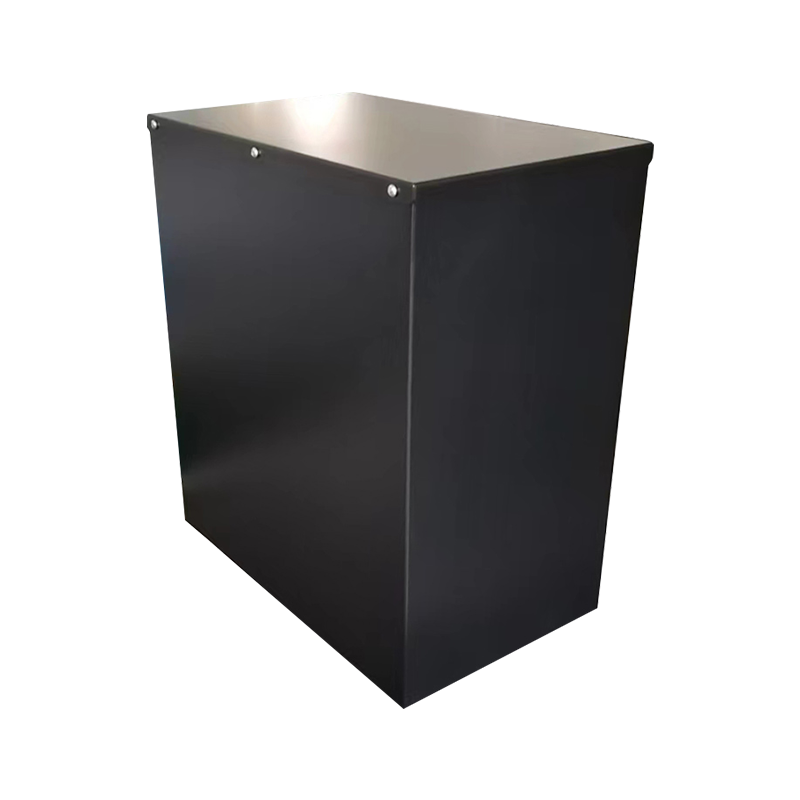

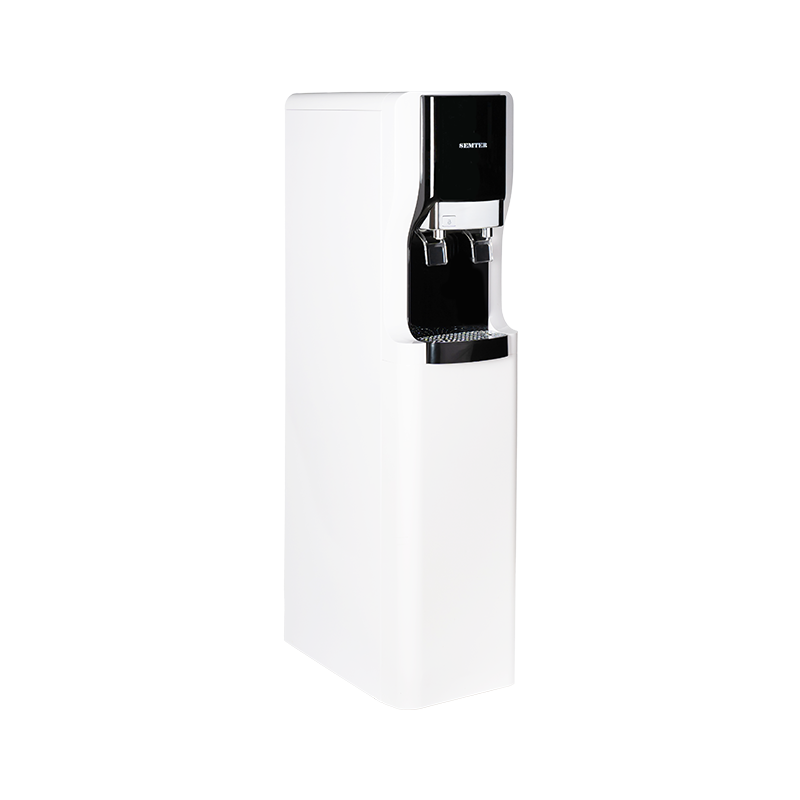
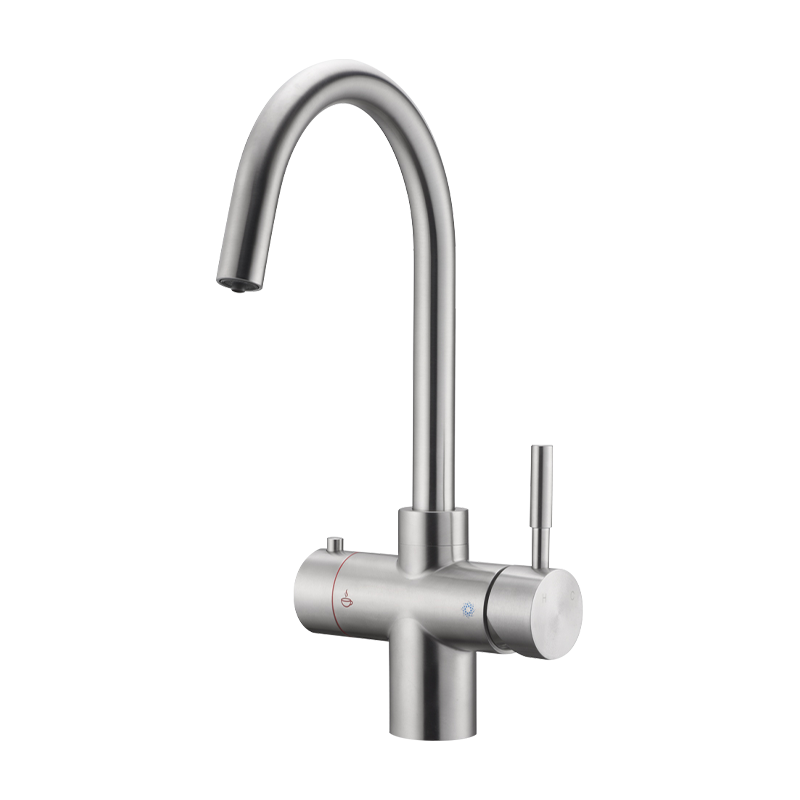
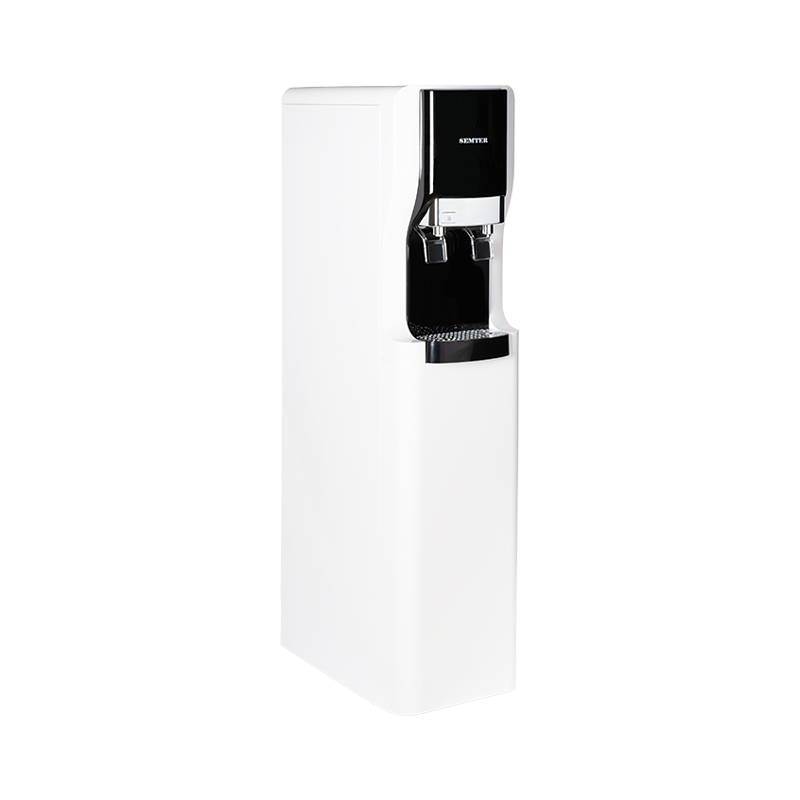
-1.png)
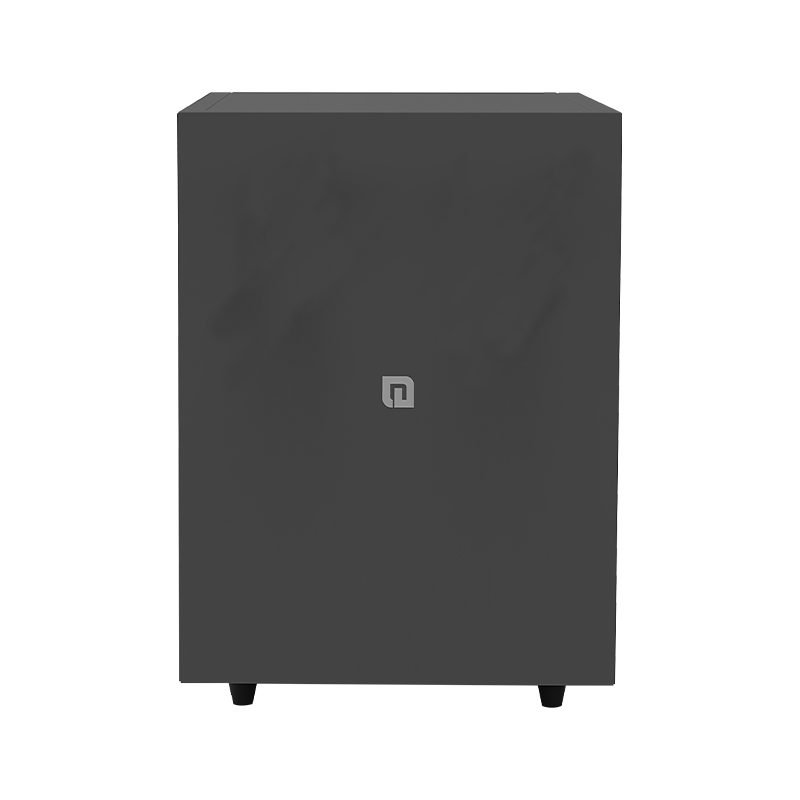
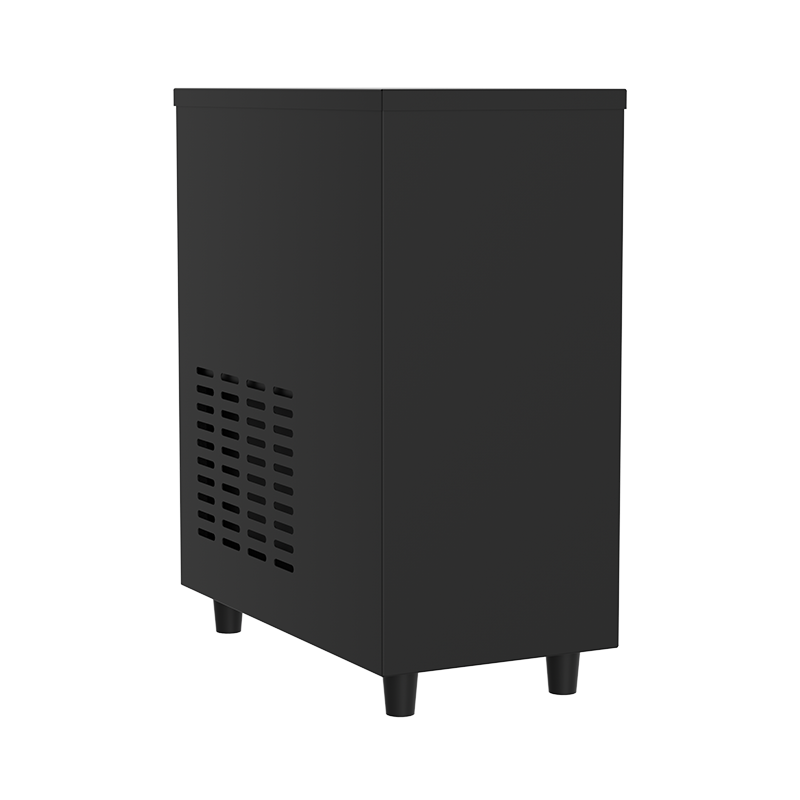
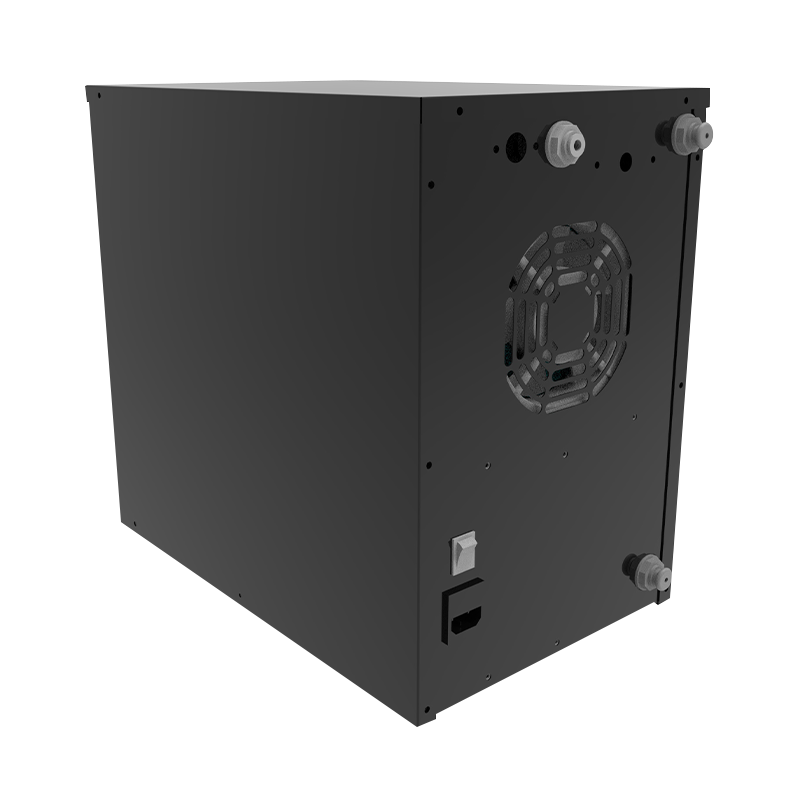
 ADDRESS
ADDRESS CONTACT
CONTACT EMAIL
EMAIL